If you ask people in Switzerland which Swiss circuses they know, one answer is guaranteed – Knie. The Knie family circus is the most famous and largest in the industry and is also referred to as the national circus. The number of its competitors could be counted on the fingers of one hand for a long period, but the scene has expanded since the 1980s. Around two dozen circuses perform across the country today. Creative projects are very much in vogue, be it alternative theatres, cellar cinemas, cabarets or even circuses.
While the offering has increased, audiences have only grown to a limited extent. Many of the small circuses live from hand to mouth. The competition is intense, and those in the industry endeavour to take the bread from one another’s mouths. The upshot of this is circuses continually facing bankruptcy. Soon afterwards the very same people are often touring again with freshly painted wagons and under a new name. “The show must go on,” as the mantra goes. That also applies to the troupe of artists: If someone sprains an ankle, the troupe performs the slightly modified routine with fewer people in the next show.
The Gasser dynasty
Circus life is not just tough for smaller players who are relatively new to the business. The Nock circus founded in 1850, which - depending on the definition - is the oldest and second-largest in Switzerland, also has to fight hard for its audience. Nock is run by three women, Franziska, Alexandra and Verena, members of the seventh generation of the Nock family. Franz Nock, now almost 80 years of age, also still travels with the company. As the boss, he often complained of adversity in circus life and, above all, about increasing site fees and tighter regulations. Second only to Knie as a circus, Nock promises audiences high-quality performances. It appointed a figure from the theatre world as its director a number of years ago, Eugene Chaplin, whose father paid homage to the circus world in the film “The Circus”. The youngest son of the “greatest comic of them all” does not make any fuss about his surname, simply remarking: “We are all somebody’s child.”
Many Swiss circus folk are the sons and daughters of one and the same dynasty. The Gasser clan is probably the most widely extended circus family. They even have descendants in Australia and Canada. Heinrich, who started the dynasty, was born in Hallau, Schaffhausen, in 1880. Almost like cell division, one circus was created after another in his family.
Gasser circuses have gone under financially on more than one occasion. Gasser Olympia, which promoted itself with the grandiose claim to be “the world’s only circus restaurant”, had to file for bankruptcy. This will hardly come as a surprise to anyone who witnessed the sad scene of sometimes almost empty plastic tables in the tent. However, the stocky director with the moustache and riding whip then started travelling the country again, now as Circus GO. The offspring of the Gasser dynasty have been and are still able to put their passion into practice with Liliput, Starlight, the Conelli Christmas Circus and Geschwister Gasser. Joining the circus and travelling across the country like nomads is probably one of the last adventures that one can still experience today in highly organised and safety-conscious Switzerland.
The outrage of animal welfare campaigners
Another Gasser enterprise is Connyland in Lipperswil, Thurgau. This is not a circus but a theme park. However, the excessive regulation much bemoaned by Franz Nock has also been applied here. Federal government has prohibited the keeping of dolphins. Animals are always a contentious issue. Animal welfare campaigners and animal rights activists are so concerned about lions, horses, seals and elephants that even wild cats are rarely seen. Even at the Knie circus, which well-established animal welfare organisations acknowledge as having good animal-keeping practices, militant animal welfare campaigners hand out pamphlets in which alleged abuses are attacked. One flyer this summer, for example, showed bears riding on a motorbike. This act is not performed at Knie.
At the circus, people are supposed to be transported from their everyday lives for two hours into a jolly, magical glitter world where the laws of physics seemingly cease to apply and slapstick comedy also has its place. However, the motley crew of circus performers are not immune to events in the outside world. At the Harlekin circus in Berne, for example, there was tension in spring during the Crimean crisis between members of the Ukrainian circus orchestra and a Russian clown duo. In the ring they were nevertheless all professional and worked impeccably together.
The difficult art of being a clown
A good clown is multi-talented – acrobatic, musical and quick-witted, with a sense of self-irony and charm. Finding good clowns is therefore a hard task. An almost tragically miscast performer was “Little Helmut”, who was with Gasser-Olympia for years. Helmut Werner, a man of small stature, appeared in the circus TV series “Salto Mortale” as a “Lilliputian”. At Olympia, he was shown charity, so to speak. He was not funny and to laugh at little people in the age of political correctness has become frowned upon. Even those not seeking a once-in-a-century phenomenon like Grock – the Swiss clown Charles Adrien Wettach (1880-1959) who achieved worldwide fame under this name – will have difficulty striking it lucky. Famous clowns include “Les Rossyann”, the Italian Rossi brothers. The virtuoso musical instrumentalists are cultivating a genre whose inspirations date back to the commedia dell’arte of the 16th century: the sly, stern and smug wise clown and the stupid clown who is loved more by the audience. Nock once employed this troupe for four successive seasons.
Cabaret artists in the circus
Good fortune befell the Knie circus this year with the poetic clown Larible. But even the leading circus only manages to pull this off every few years. Early on Fredy Knie junior brought humorous (and other) star performers from the theatre scene to the circus ring: Dimitri in 1970, Emil (Steinberger) in 1977 and the Mummenschanz Troupe in 1988. Knie has since continually “poached” from the now rich cabaret scene. The announcement of the arrival of the Fischbach Duo at Knie had a tremendous impact in 1998. It subsequently became possible to transfer cabaret artists, who were often famous from TV, to the circus. Examples include the dawdling Bernese juggling duo Flügzüg, Gardi Hutter, Ursus and Nadeschkin, Massimo Rocchi and Viktor Giacobbo. Most successfully made the step from the stage to the circus ring. But hardly any really caught the bug. They all returned to where they came from.
Almost like the royal family
The circus is glamour, day-to-day. However, of all the clans only the Knies have achieved the “royal family” status required to appear in the glossy and people magazines. Géraldine Katharina Knie was the first to appear on all the cover pages. The daughter of Fredy jun. and Mary-José, she hooked one of the four Italian Pellegrini brothers during the 1999 tour. The marriage did not last but Fredy jun. was delighted with his grandson, Ivan Frédéric, attracting great media interest. The grandfather, accompanied by reporters, told the small boy, still in nappies and with a dummy in his mouth, to take his afternoon nap to be ready for the evening performance – “Be a good boy and go to sleep!” Ivan has now become a handsome teenager and an accomplished horse whisperer. Chanel Marie Knie became the new star in 2014. The three-year-old daughter of Géraldine Knie and her second husband, Maycol Errani, made her first appearance on horseback in the circus ring.
Franco Knie, Fredy’s cousin, is also already a grandfather. He has five children from three marriages – the two youngest are the five-year-old twins Maria Dora and Timothy Charles. The future of the company seems to be in safe hands. The tabloid press had a field day with Franco’s liaison with Princess Stéphanie of Monaco. The daughter of a prince even lived in a caravan in 2003 to be close to Franco during his performances. The relationship ended soon afterwards. However, republican Switzerland was delighted with the court gossip and association with the operetta monarchy on the Côte d’Azur. This is where the really big circus artists perform every year at the “Festival du Cirque”.
Markus Dütschler is an editor at the newspaper “Der Bund”
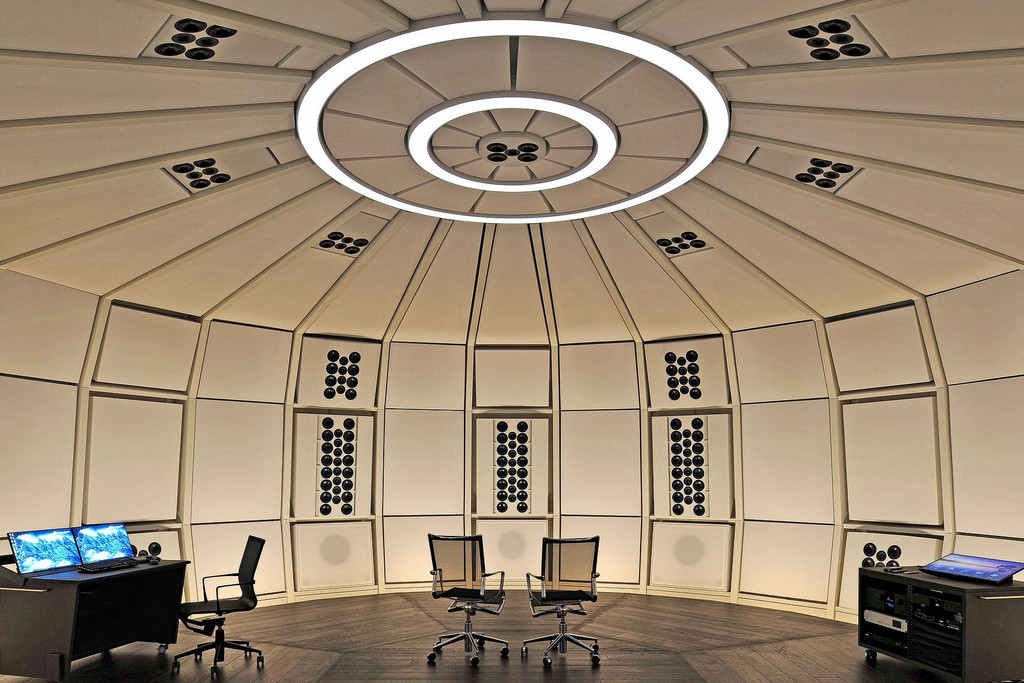
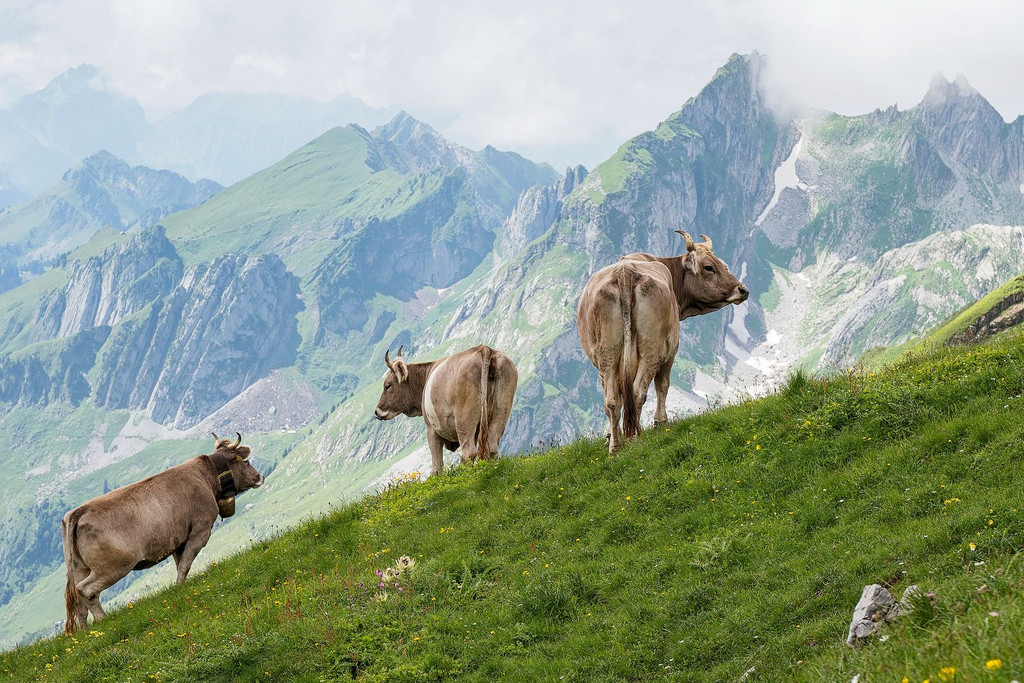
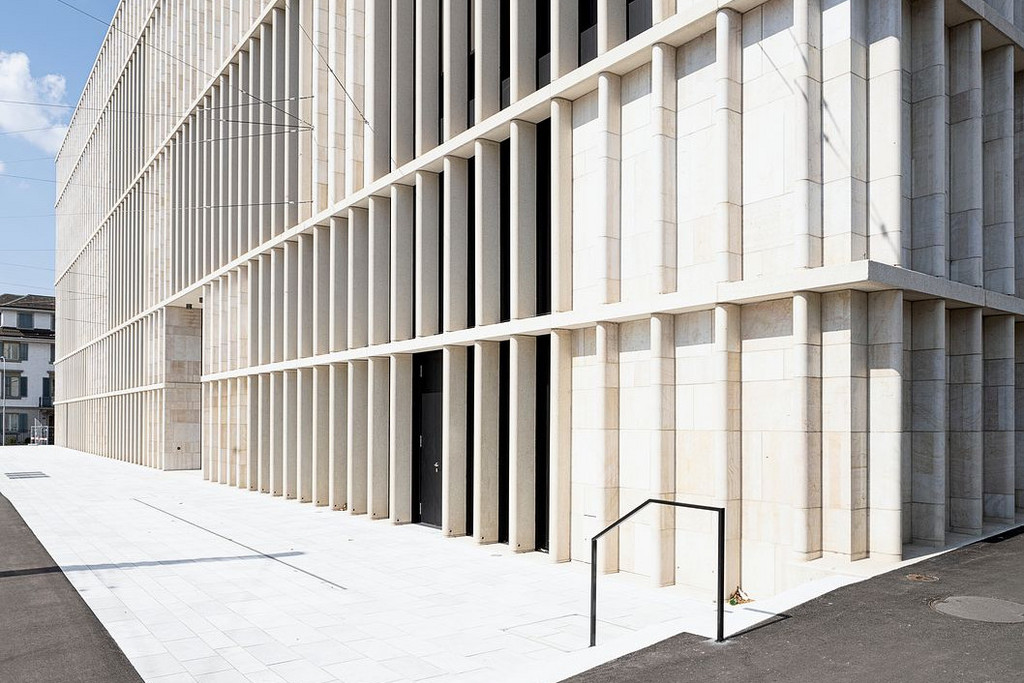
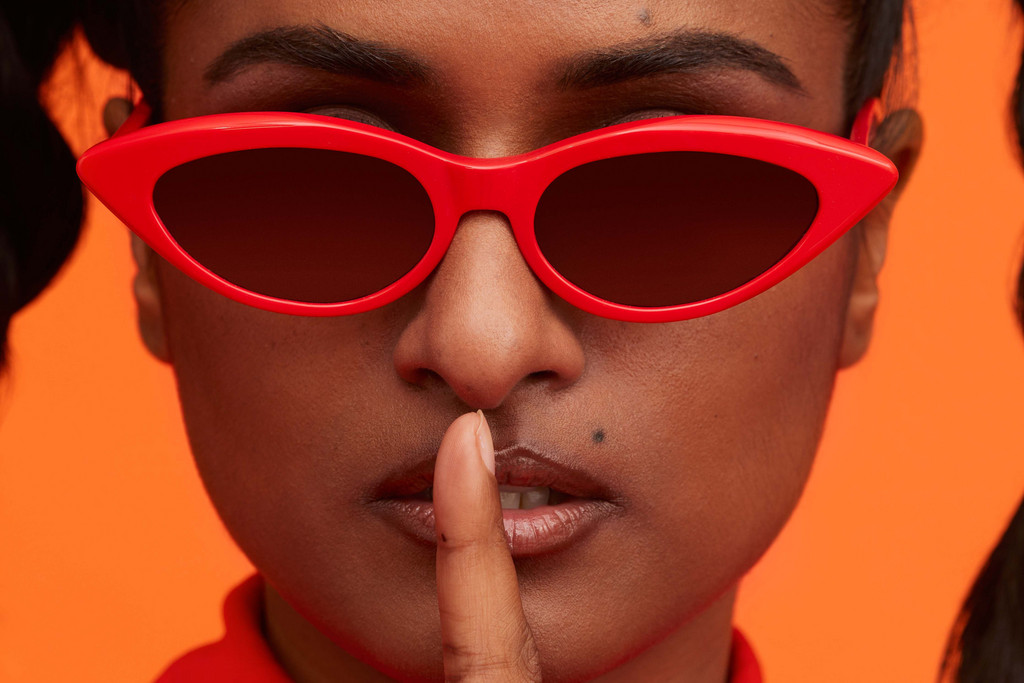
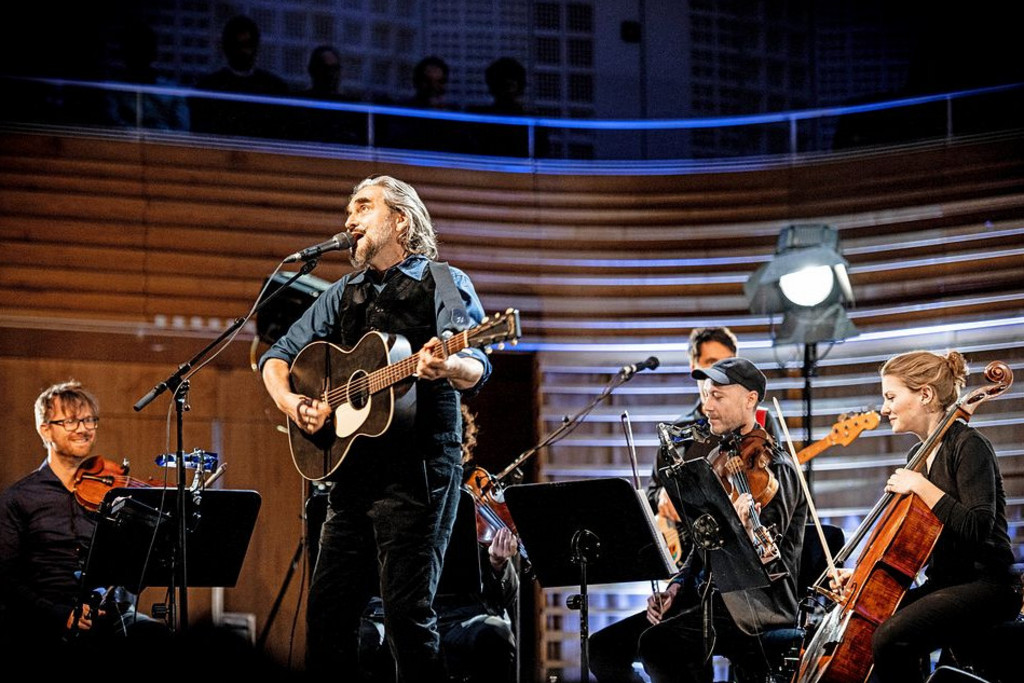
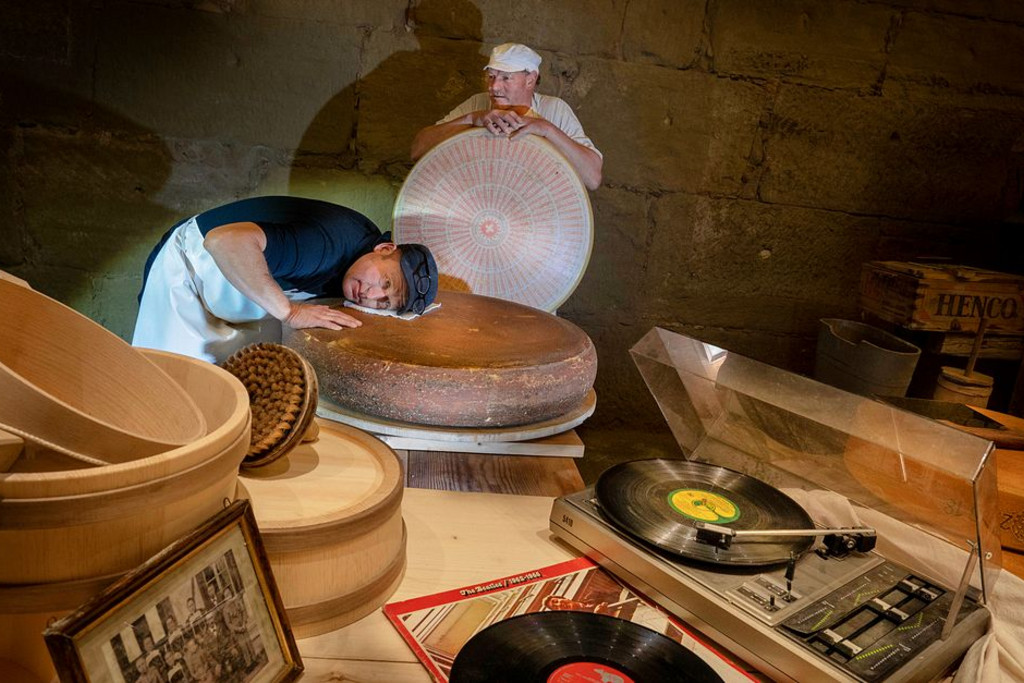
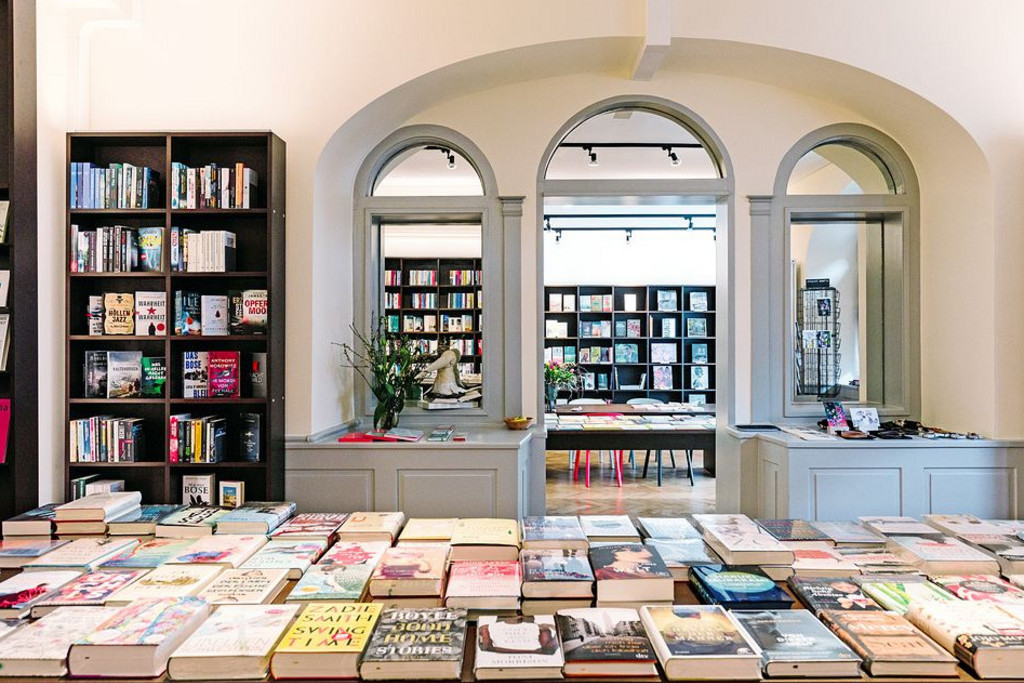




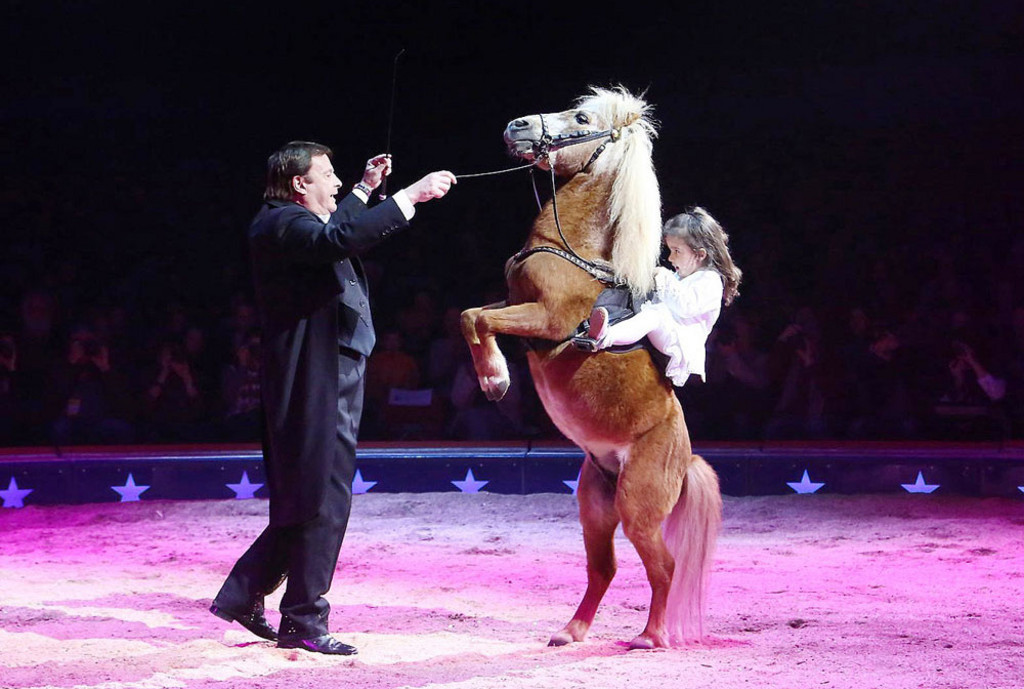
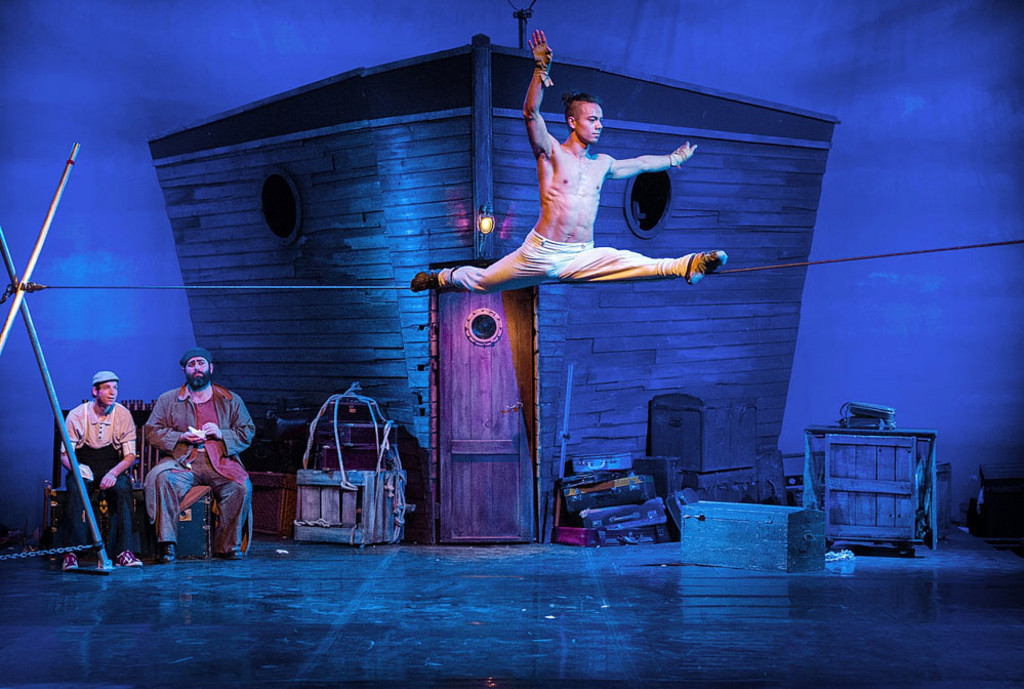
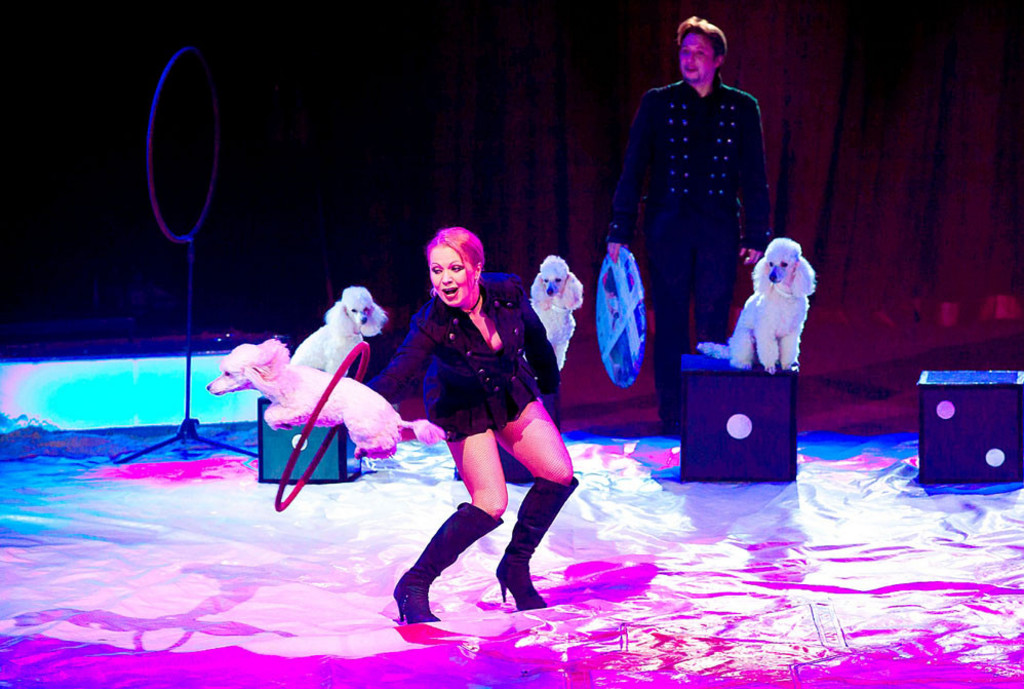
Comments